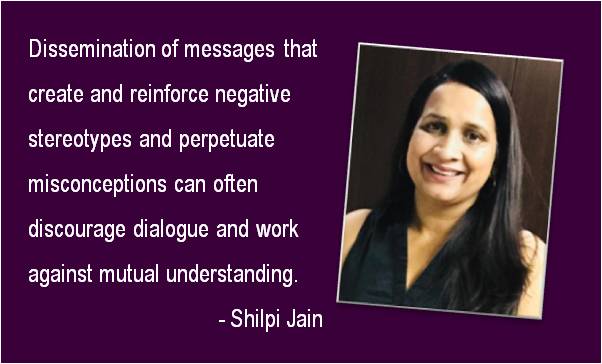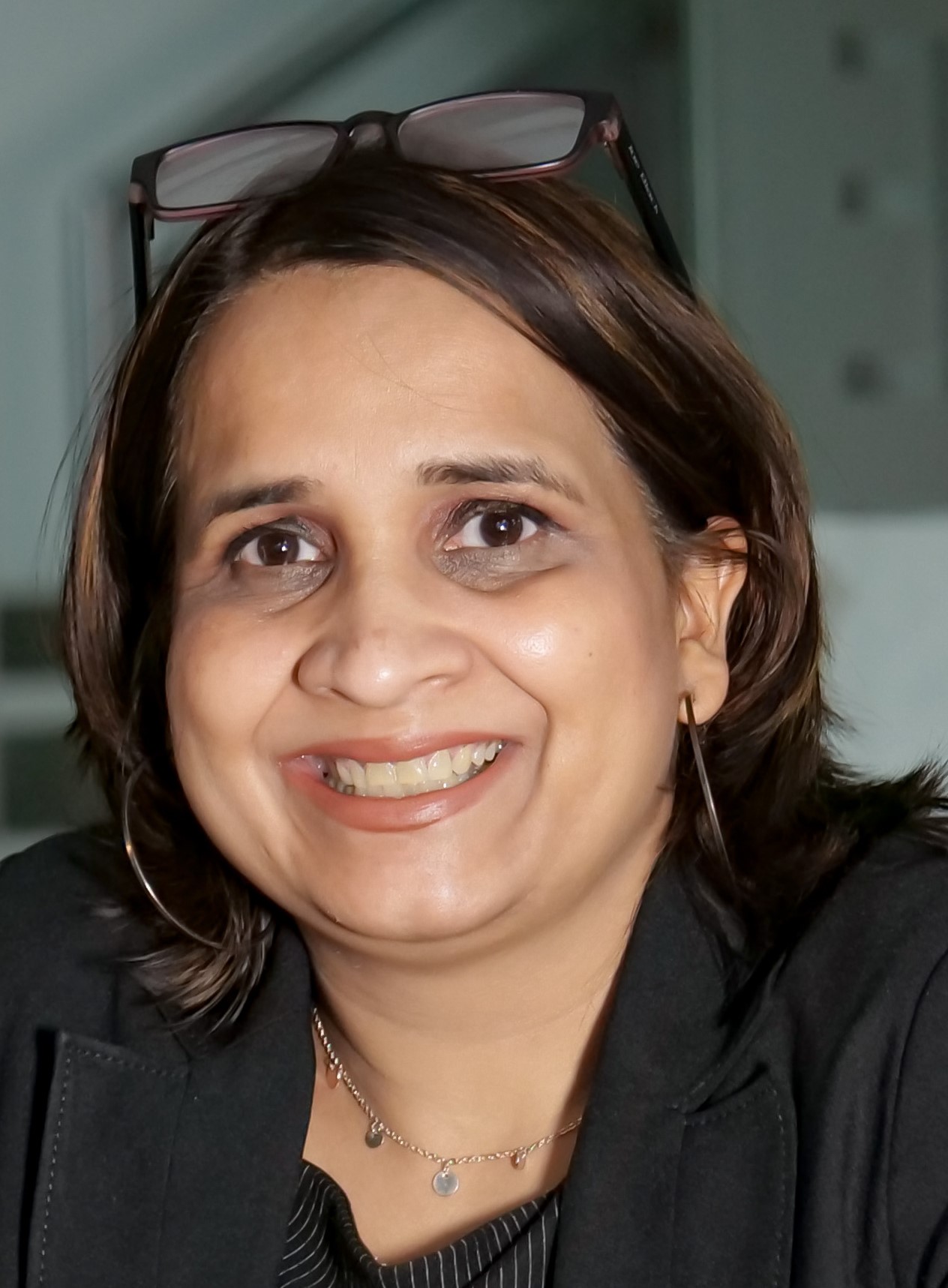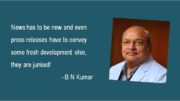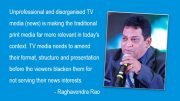A critical situation is a very serious and dangerous time. A critical time or factor is extremely important and requires careful examination and judgement. So, what really is Critical? Defining the term is extremely important for understanding the role Media and Communication can play in re-imagining ways of learning.
The world has entered an era when the US, which led globalisation in the last century, is retreating away from it. We seem to be steadily moving towards a phase with the return of closed economies where interdependence of nations created through products and services is being compromised. The Brexit phenomenon in some sense is yet another move in this myopic direction.
With this gradual shift of the world towards a more fragmented structure there is cause to worry. The free world of democracies is suffering from the weight of inequality, religion and fundamentalism. Thus, like it or not, we are entering a world of not just physical barriers but of closed minds as well.
It is in this context, and, in these Critical Times, Media and Communication has the potential to lead the way and connect for a stronger discourse.
But how does one do that? Especially, when information often comes with misinformation.
The recently launched fact-check feature in search and news results by the search engine giant Google is a step in the direction to curb fake news and offensive information. This comes in close after Facebook added its own warning label to stories that contain questionable information, tagging stories that appear in its News Feed as “disputed” along with a link to a third-party fact-checking site.
Today, messages no longer flow solely from the few to the many with little interactivity but from many to many, multimodally and interactively. In this context, Media and Communication can help us take in vast amounts of data, filter and compile them into immediately understood presentations and turn us from being mere information receivers into analysers with increased personalisation. It has the power to stimulate our critical thinking and ensure a more proactive civic engagement in the society.
The culture of any society is important because that is what differentiates one from the other. It is here that Media can lead to both evolution and revolution of the mind and lead to increased information, literacy and awareness among all. An example of this are Malaysia and Singapore which report extensively on the festivals of different communities, their religious practices and so on. There are television broadcasts and print coverages on how different communities mix and mingle with one another and bring together Malaysians from different backgrounds to celebrate the Yee Sang ceremony as part of the Chinese New Year festivities.
However, media’s potential to be a good force can backfire.
Media has the power to reach a large audience. It is sad that often this leads to misleading or stealing of information from readers. Lucrative job advertisements often attract the attention of already jobless youths. The situation is more acute among women, considering the huge gender disparities that exist in labour market opportunities. Yet another case in point is the time-bound and event-based reporting for a sustained impact. The 21st session of the UNFCCC Conference of the Parties (COP21), held in December 2015 in Paris made headlines. However, climate change stories were either completely absent or their numbers dropped in major media outlets both in Europe and the United States before and after COP21 according to International Fund for Agricultural Development (IFAD) report, April 2016. This, despite the fact that Climate Change is one of the most alarming issue today globally.
The references above are just a few that indicate the power of media. Dissemination of messages that create and reinforce negative stereotypes and perpetuate misconceptions can often frustrate dialogue and work against mutual understanding. Caution needs to be exercised!
As we go along, the linking of our world through communications will increase manifolds. As the global population exceeds seven billion people, it will become even more ‘critical’ to ensure that everyone is armed with the skills to leverage information technology to improve their lives. A need for honest dialogues is the future. This can lead to a shift in attitudes, make people feel empowered and positive. With the changing world order, there will be no room for ambiguity. There is an urgent need for greater flexibility and real time information. With technology as an accelerator, Media and Communication will greatly influence lifelong learning.







Very true…Apt in current times..Irony